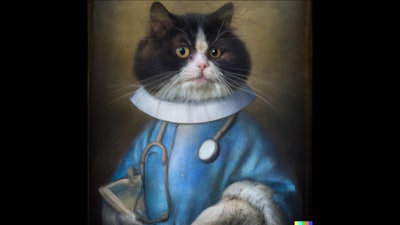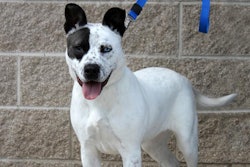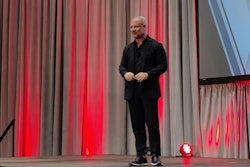
The Flintstones struggled to keep their pet cat out for the night, but that mentality has become nearly as extinct as the Smilodon that shared a home with Fred and Wilma. As cats spend most of their time indoors and less time eating wildlife in the backyard, pet cats’ lifespans have increased. These older cats have different nutritional needs than younger felines, and the cat foods they have eaten throughout their lives may have influenced their current health.
“It appears that diet may affect how the cat responds to age,” Emma Bermingham, Ph.D., principal scientist for We Are Ilume, said during her presentation at Petfood Forum on May 2 in Kansas City, Missouri. “This needs to be accounted for and future research going forward in terms of aging pets.”
A 2022 study found that 20% to 40% of cats are now classified as old, or more than 11 years of age, she said. With that increasing age comes increasing problems with inflammation, a phenomenon called inflammaging.
“The older the cat gets, the more extreme the disease that they suffer,” she said.
Bermingham’s research team has studied the same group of cats for the past 11 years to study the long-term effects of a commercially available diets on cats’ health. One group of cats ate canned diet, while the others ate extruded kibble.
For most of the ongoing study, the cats body weight was similar with only seasonal fluctuations. However, at eight years the cats bodyweights started to diverge. Cats on the dry kibble diet started to outweigh the cats on the wet canned diet. The cats eating canned diets began dropping weight at eight years of age, while the ones eating dry food ceased to lose the weight they put on during winter.
“Around eight years of age, metabolic or physiological changes are occurring that are having impacts on cat health,” she said.
To account for this divergence in weight, Bermingham noted that cats’ ability to digest fat increases with age from birth, but then declines past age six. However, the digestibility of fat in the extruded diets declined less. Both age and diet affected protein digestibility.
Cats fed a retorted canned diet had a higher fecal microbiome, which remained consistent with age. Age-related changes in the gut microbiome seemed more pronounced in cats fed a dry diet. In those cats, the microbiome changed regarding amino acid and vitamin metabolism.
Bermingham noted that the number of cats in the study was relatively small. Although he team observed a differences in cat’s health related to diet, future studies would need to account for why cats’ bodies responded differently to dry versus wet food.















